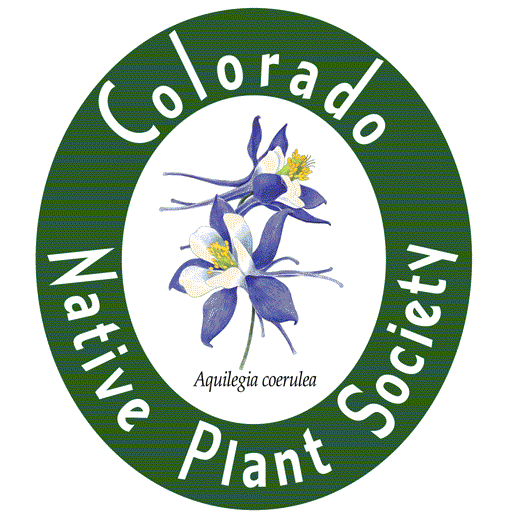A fundamental challenge in evolutionary biology and ecology lies in explaining why biotic-diversity differs among geographic regions. Patterns of species richness ultimately reflecte volutionary and ecological opportunities and current patterns reflect constraints and contingencies expressed historically. We can now apply phylogenetic trees to infer whether historical shifts in clade diversification may have been influenced by dispersal or other geographic changes. My goal is to uncover factors that spur clade diversification and bias geographical patterns of species diversity. The proposed research centers on the bluebells (Mertensia), a genus of perennial herbs with greatest species richness in the Rocky Mountains of Colorado. Ten species and 11 varieties occur in Colorado. My goal is to uncover factors that spur clade diversification and bias geographical patterns of species diversity. I will also examine whether niche evolution or conservatism has played a greater role as the genus has dispersed into mountains. My research objectives are to:
(1) produce the first molecular phylogeny for Mertensia;
(2) estimate a divergence time for Mertensia; and
(3) examine patterns of geographic and/or ecological diversification in western North American radiations.
I will sequence 13 chloroplast markers for the 10 species in Colorado. Likelihood and Bayesian methods will be used to construct a phylogenetic hypothesis of relationships. Divergence times using fossil calibrations will be estimated under relaxed clock methods. The resulting chronogram will be used to test hypotheses regarding geographic and ecological change and diversification. Recently developed quantitative methods will be used to test for associations between geographic and/or ecological change and diversification. My results will help explain the dynamics that drive plant diversification and for understanding the effects of anthropogenic climate change. Anthropogenic climate change may threaten high elevation species of Mertensia. Studies have already pointed to shifts in flowering phenology for some
Mertensia species. This may be especially relevant for M. alpina and M. humilis, which are listed as critically imperiled for Colorado. This research will provide a framework to better understand Colorado’s unique plant diversity and for informing conservation management decisions.
The Society is grateful to those of you who choose to make donations to the John W. Marr and Myrna P. Steinkamp funds. Your donations make possible many research projects dealing with the plants of Colorado. This research contributes to a better understanding of our native plants and is integral for conservation. Numerous projects funded by CONPS grants have resulted in publications in scholarly journals. If you are interested in contributing to the Marr or Steinkamp fund, please contact CONPS Treasurer Mo Ewing (moewing@q.com). And, as always, thanks for your support!
Jan Loechell Turner, Catherine Kleier, Dina Clark, and Jennifer Ramp Neale
– CONPS Research Grants Committee
